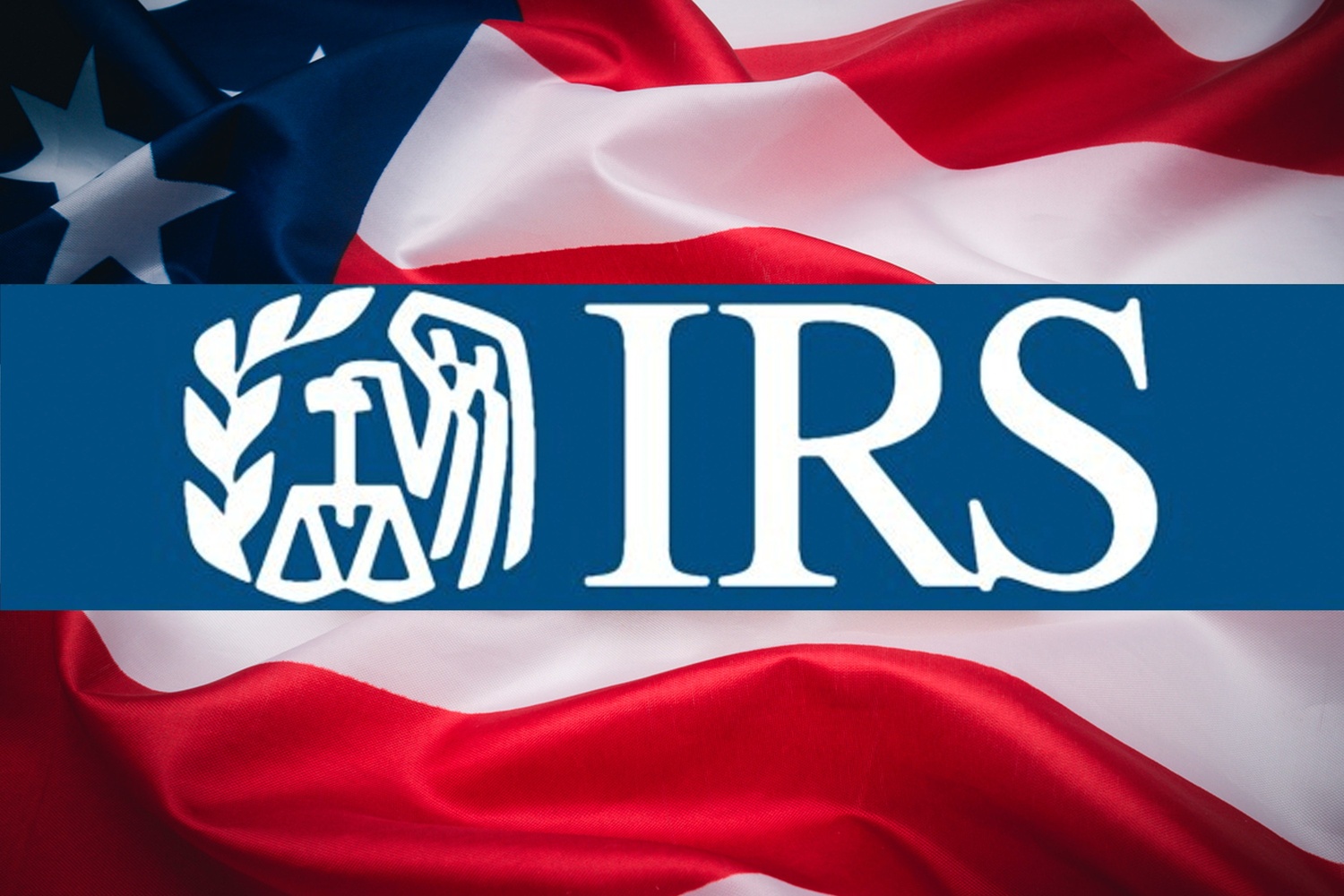
The IRS has introduced a major change in how businesses and tax professionals must file returns. As of 2024, and continuing into 2025, the IRS electronic filing mandate now requires any entity that files 10 or more returns in total, regardless of the form type, to e-file instead of using paper forms. This is a significant shift from the previous 250-return threshold and includes commonly used forms like W‑2, 1099, 941, 1095, 1120, and 1065. These returns are now counted together, meaning even small businesses may meet the e-filing requirement sooner than expected.
Under Treasury Decision 9972, the IRS removed exemptions previously granted to corporations with under $10 million in assets and now mandates electronic filing for partnerships with more than 100 partners or those submitting 10 or more returns. These adjustments are designed to boost compliance, improve filing accuracy, and reduce paper-based submissions. To help businesses adapt, the IRS has introduced tools like the IRIS free 1099 filing portal, simplifying e-filing for smaller operations and ensuring smoother transitions under the IRS e-filing rules.
The IRS now requires electronic filing for nearly all businesses and tax professionals who file 10 or more returns of certain types during a calendar year. This includes a mix of information returns like Forms W-2, 1099, and payroll forms like 941.
This is a drastic change from the previous IRS 250 return rule, which only mandated e-filing if you submitted 250 or more returns per form type. That old rule is now replaced with a combined total method which means if you file any mix totaling 10+ forms, you must e-file all of them.
Example:
If you file:
You are now over the 10-return IRS e-file threshold and must e-file everything.
The IRS electronic filing mandate 2025 applies to a wide range of returns:
These are all subject to IRS bulk filing requirements, especially for tax professionals and payroll providers who file in volume.
The IRS e-filing rules for businesses apply even to small employers and LLCs that hit the 10-return threshold. There is no exemption for business size if you file enough combined returns.
If you’re preparing taxes professionally, the e-filing requirements for tax professionals are more stringent. You must e-file individual and business returns once you prepare 11 or more during a tax season.
While most electronic filing deadlines remain the same as paper ones, the actual transmission must be completed and acknowledged by the IRS system by the due date (e.g. January 31 for W-2s and 1099s).
Make sure to use authorized IRS systems such as:
The IRS business e-filing rules require proper registration (including a TCC: Transmitter Control Code) well before deadlines.
Failing to meet mandatory e-filing IRS 2025 rules may lead to:
According to IRS e-file guidelines, if you're required to e-file but still file on paper without an approved waiver, your return may be considered unfiled.
While the IRS electronic submission requirements are strict, you may request a hardship waiver (Form 8508) if you:
However, waiver requests must be submitted 45+ days before the filing deadline.
For small businesses, understanding the IRS e-file mandate small business is crucial. Even filing just a few W-2s and 1099s can require full digital compliance. Many employers are surprised to find out they must e-file Form 941 and other returns simply due to volume.
Here’s what you need to remember:
PayProNext helps small and mid-sized businesses stay compliant with IRS electronic filing rules through seamless e-filing solutions for payroll, W-2s, 1099s, and Form 941. Need help staying compliant with the new IRS e-filing guidelines? We handle the complexity, so you can focus on your business.
© Copyright PAYPRONEXT. 2025, All Rights Reserved.